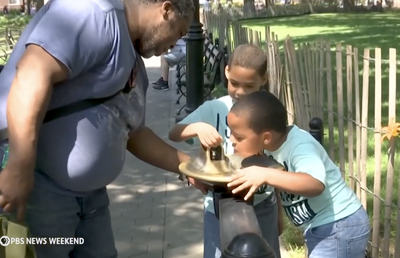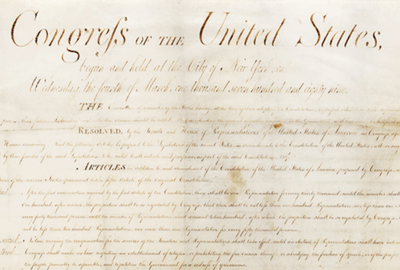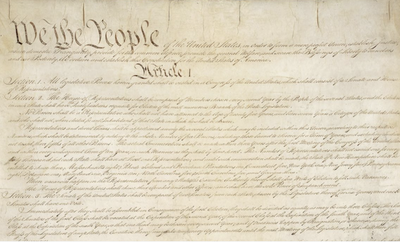By Shannon Sullivan
Subjects
Economics, Mathematics, Language ArtsEstimated Time
Two Class Periods Plus HomeworkGrade Level
Grades 9-12Objective
Students will:- Review vocabulary related to debt, spending and tax legislation.
- Review the pros and cons of three economic plans. Consider the impact political and economic solutions with “sunrise provisions” can have on future administrations, and American citizens.
Background
The fiscal cliff is a term used to describe the economic situation characterized by automatic “large spending cuts and tax increases,” in order to reduce the national debt. The date of the so-called fiscal cliff is set for January 2, 2013. Federal Reserve Chairman Ben Bernanke used the expression. He is credited with coining it (although it had been used by others in the past) when he spoke to Congress in February 2012, and politicians, economists, and CEOs have been using it ever since to describe the danger associated with prioritizing our budget in such as way that the risk of immediate recession is greater. The reason the January 2 deadline is so critical is because it marks the end, or “expiration” of certain policies that had been extended to offer tax breaks and incentives that were to expire during President Obama's administration to offer flexibility on the debt ceiling. Since a better compromise could not be reached, these were extended until January 2, 2013. The “cliff” is the time beyond January 2, 2013 when there either will not be enough money to make the obligations, without raising the debt ceiling, or to come up with a different solution. While no politician likes to be known for raising taxes or reckless spending, the money to address the deficit must be acquired, or the economy will suffer, or slow down (see the PBS NewsHour VIDEO: Slow Growth Is Biggest Economic Challenge Facing Incoming President for additional information). For this reason, the executive branch and the Congress are striving to find a solution that balances the needs of many Americans. The average cost to the American household would be $3,500. How much each individual actually owes, under the current tax code, depends on many factors, especially income. Review the facts outlined on the infographic here .Procedure
Step 1: Review the vocabulary list below with students. Keywords include:- Bush Tax Cuts (EGTRRA, & JGTRRA)
- Debt ceiling
- Default
- Fiscal cliff
- Taxmaggedon
- The current policy could go into effect. In this case, it is possible the economy will go into recession because the spending cuts and tax increases could slow growth. The deficit would decrease, though.
- Some or all of the spending cuts and tax increases would be canceled. This would add to the deficit and America’s debt would grow.
- A “middle of the road” approach could be used, in which budget issues are addressed, but there is a smaller impact on growth.





